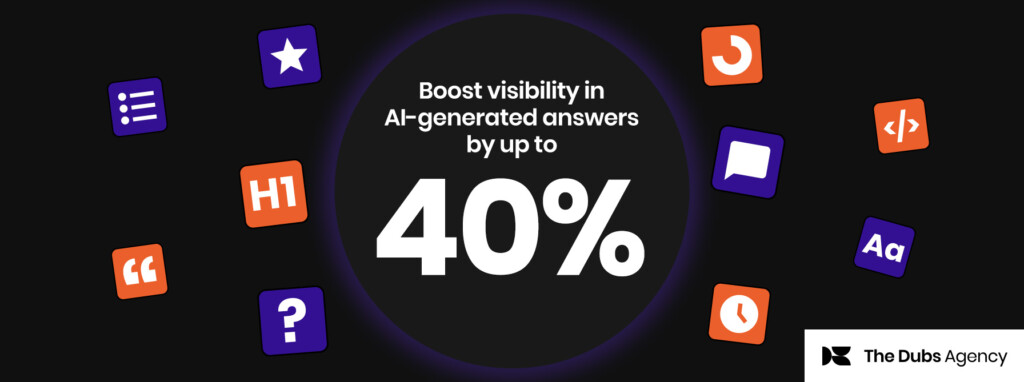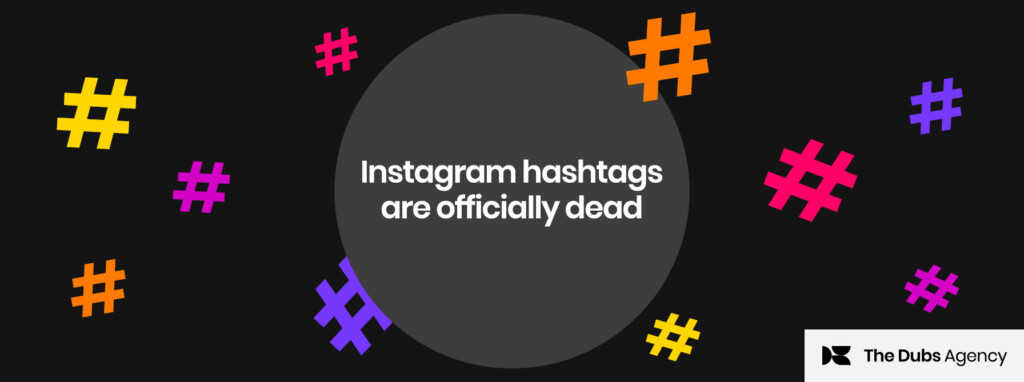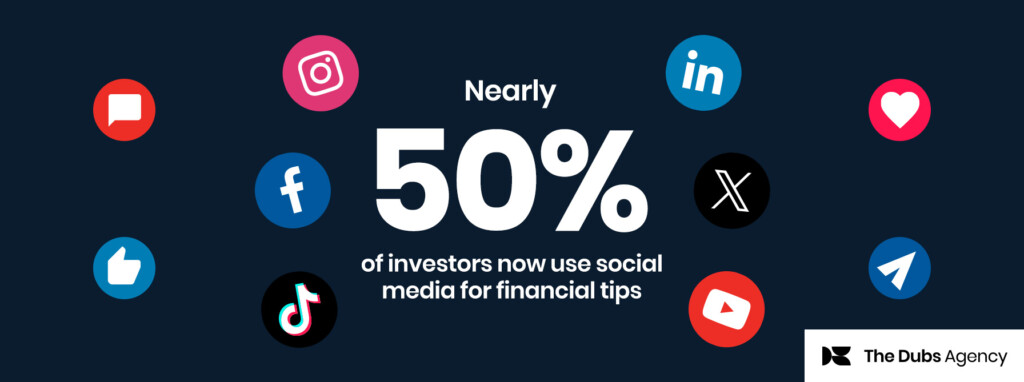Sure, digital advertising gives you clicks that are instantly measurable. There are engines that make the process of delivering the ads easy, and you can even follow people around the web and re-target them. But it has a short and fairly meaningless life on its own.
It’s been almost 20 years since Joe Pulizzi, founder of the Content Marketing Institute first coined the term “content marketing” (though brands had been creating content for decades). Pulizzi described it as “an approach where instead of distracting our audience with advertising that’s not relevant to them, we’re going to create valuable, compelling and relevant content on a consistent basis and build an audience over that time in order to see some profitable customer action.”
Now might be a good time to remind ourselves why content has become an essential part of the modern marketing mix.
1. People aren’t clicking digital advertising like they used to
In 2011, we laughed at a story that said web visitors were more likely to summit Mount Everest, survive a plane crash or birth twins than click a banner ad. In 2016, we learned that 50% of clicks on banner ads were accidental. Hubspot reports that in 2019 the average CTR for a search ad is 1.91% and 0.24% for a display ad.
People have learned to avoid ad placements – we skim web pages like pros. And the younger the user, the less likely they are to click on a paid ad.
In 2011, we laughed at a story that said web visitors were more likely to summit Mount Everest, survive a plane crash or birth twins than click a banner ad.
2. Content doesn’t interrupt people
Digital advertising is like outbound marketing – it interrupts what your customer is reading or watching or listening to. You’re invading their space with your brand message at a time you’ve chosen, which might not be a time when your audience is ready to hear it.
Content is more like inbound marketing – customers find you through channels like blogs, search engines, social media, and they engage with you because you’re offering them something useful or entertaining. It’s customer-centric, delivering value to the consumer for free, sometimes in return for their contact information.
The good thing about content is that the people who are finding you and responding to you are already interested in the stories you’re telling, so they’re more likely to be a good fit for your product than if you’d hit them scatter-gun style with digital marketing.
And if you cover topics that are broader than just brand stories, that gives you an entrée into broader consumer conversations where you can find more prospects.
Note that the above only applies if you truly distribute “content”. Not thinly-veiled spam. A true value exchange is needed.
3. Content gives people a reason to re-visit your website
It’s pretty obvious but worth a reminder. When you’re publishing new content regularly, you have something to push out through your socials, your emails and your other channels. It gives you a reason to talk to people. And people have more motivation to visit your website if they trust there will be something fresh to consume.
4. Content shows your brand’s provenance
If you’ve got years’ worth of blogs, videos, podcasts and infographics sitting on the interwebs it gives you gravitas. It shows where you’ve been, the opinions your people have contributed, and that you’re not fly-by-nighters.
It builds your brand, painting a picture of who you are, what your product stands for. It can highlight your people as thought leaders and experts. It promotes trust and authority in a way that digital advertising mostly can’t.
And sure, it’s a longer-term play – you don’t get instant results. But if the Content Marketing Institute is correct, content marketing gets three times more leads than paid search advertising.
5. Content lives on
If you invest in quality content it still has value (and is worth pushing people to) years after your banner or a paid search ad is pushing up daisies. Money well spent.
6. Content builds organic search (SEO)
Since Google is always looking to deliver information that is relevant to people’s search queries, they’re more likely to rank you higher if what you have online is genuinely useful and not salesy. Particularly if you’re consistently pushing out this useful content.
Yes, the algorithms do change regularly but the principles remain the same.
One last thing
Brands were writing their own stories long before “content” became a thing that we wrote blogs about. Long before blogs or vlogs were invented. But we started really backing content when traditional ads started losing their power.
Ultimately though you don’t need to choose between the two because when you integrate them artfully, they can generate incredible awareness, and boost your engagement and sales. Shazam!









